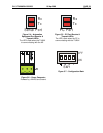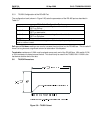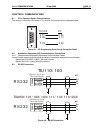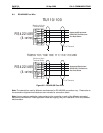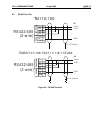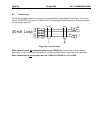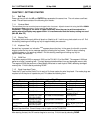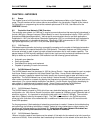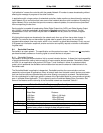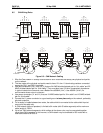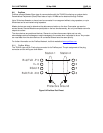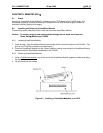
CH. 8: NETWORKS 06 Apr 2000 PAGE 39
GFK-1819
8.4.2 DeviceNet Protocol
Some of the communication protocol features of DeviceNet consist of the following:
1. A DeviceNet product can behave as a Client, a Server or both.
2. Master/Slave operation.
3. Capable of Peer-to-Peer exchange capability exists in which any DeviceNet product can produce and
consume messages.
4. Capable of supporting 64 node addresses
5. Each node can support an unlimited number of I/O.
8.4.3 DeviceNet Operation
The following restrictions are placed on operations when using an OS that is configured as a
DeviceNet slave.
1. Currently, communication between the PC and the controller is only possible to the device physically
connected to the PCs’ serial port. Project downloads, uploads, monitoring, and configuration
cannot
currently take place
over a DeviceNet network.
2. The HE200CGM40x gateway card can not currently be used with DeviceNet communications.
Horner Electric is providing a special Gateway device that is based on the OCS hardware. The
Gateway device makes it possible to connect the PC serial port with the DeviceNet network.
3. DeviceNet network nodes are in a range from 0 to 63. The controller is able to observe network
responses (polled connections) from any slave to the DeviceNet Master. The first 16-words of these
observed responses are made available for mapping on the
Network Input Assignments
page.
These correspond to the available nodes 0 to 63 and registers AQG1 to AQG16. Node 64 is used for
a special case. When data is sent to a controller from a DeviceNet Master (via the polled connection)
this data is mapped to node 64. Relative addressing is limited to -64 to +64.



